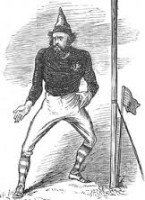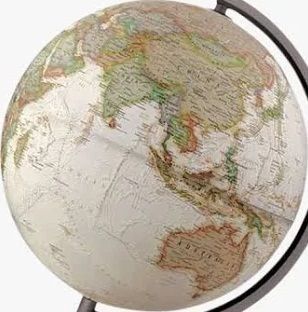
“one of the finest backs Scotland ever produced, full of speed, a sure and strong kick, with a wealth of resource”.
“at half, a stalwart, a man of weight, equal to any attack, paying back with interest hard knocks, and always at the point where he was most needed. His partner, James Smith, one of the famous brothers, a man of great experience in his team, plucky and reliable;”
“was the hero of the day, one run of his, from his base to the enemy's goal, electrifying the crowd”
“"prince of dribblers," and a dead shot for goal”
“a fast and brilliant dribbler also, and he too could find the gap between the posts”,
“a heavy charger, a very quick and wide dribbler, with a great turn of speed”
“a fine forward, who went straight ahead, dribbling towards his goal; ............, he had plenty of dash and speed, and was not easily dispossessed.”
“Of the centres, W. M'Kinnon, the most distinguished man in the position of his day and generation, was the hero of eight consecutive Internationals against England, of which this was his first; his dribbling and passing were a revelation, and his shooting capacity splendid. D. Wotherspoon was one of the original Queen's Parkers, a founder of the club, a great player, strong, with speed and judgement, and a first-class kick with either foot—an athlete to the manner born.”
“England, especially forward, astonished the spectators by some very pretty dribbling,......”
“The Englishmen had all the advantage in respect of weight, their average being about two stones heavier than the Scotchmen, and they had also the advantage in pace.”
“Once the home goal was only saved through a combined effort on the part of Weir, Rhind, Wotherspoon, Leckie, and Ker, the last named passing all opponents and bringing the ball to midfield”,
“not comprising so many brilliant players as were in the English eleven, worked from first to last well together through knowing each other's play”
“had to act somewhat on the defensive”
“broke the English forwards that-day”
"one of the principal props"
"some dissatisfaction in connection with his representation of the club on the committee of the Scottish Football Association"
